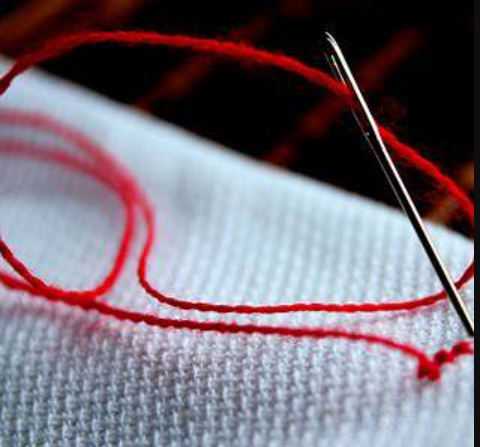Introduction
Sewing is more than just stitching fabric together; it’s about creating durable, functional, and aesthetically pleasing garments. One of the fundamental aspects of sewing is understanding the different Nahttypen—the German term for seam types. Whether you’re a beginner or an experienced sewist, mastering these seam types can elevate your sewing projects to a professional level.
What Are Nahttypen?
Nahttypen refer to the various methods used to join pieces of fabric together in sewing. Each seam type serves a specific purpose, influencing the durability, flexibility, and appearance of the finished garment. Understanding these seam types is crucial for selecting the appropriate technique for different fabrics and garment types.
Common Nahttypen and Their Applications
1. Plain Seam (Geradstichnaht)
The plain seam is the most basic and widely used seam type. It involves placing two fabric pieces right sides together and stitching along the edge. This seam is versatile and works well for lightweight to medium-weight fabrics.
Applications: Blouses, skirts, dresses, and lightweight shirts.
2. French Seam (Französische Naht)
A French seam encloses the raw edges of the fabric within the seam itself, providing a clean finish on both the inside and outside of the garment. This technique is ideal for delicate fabrics.
Applications: Silk blouses, chiffon dresses, and lightweight garments.
3. Flat-Felled Seam (Kappnaht)
The flat-felled seam is a strong and durable seam where the raw edges are folded and stitched flat, making it ideal for heavy-duty fabrics.
Applications: Denim jeans, workwear, and outdoor gear.
4. Overlock Seam (Overlocknaht)
An overlock seam is created using an overlock machine, which trims the fabric edges while simultaneously stitching them together. This seam prevents fraying and is commonly used in knit fabrics.
Applications: T-shirts, leggings, and activewear.
5. Zigzag Seam (Zickzacknaht)
A zigzag seam involves stitching in a zigzag pattern along the fabric edge, which helps prevent fraying and allows for some stretch.
Applications: Hems, appliqué work, and stretch fabrics.
6. Double Seam (Doppelte Naht)
A double seam consists of two parallel rows of stitching, providing extra strength and durability.
Applications: Jeans, uniforms, and sportswear.
7. Lapped Seam (Überwendlich Naht)
In a lapped seam, one fabric edge overlaps the other, and both are stitched down. This seam type is often used in leather and heavy fabrics.
Applications: Leather jackets, heavy-duty garments, and outerwear.
How to Choose the Right Nahttyp for Your Project?
Selecting the appropriate seam type depends on several factors:
- Fabric Type: Delicate fabrics like silk require French seams, while heavy fabrics like denim benefit from flat-felled seams.
- Garment Purpose: Activewear and stretch garments are best suited for overlock or zigzag seams.
- Aesthetic Considerations: Decorative seams like topstitching can enhance the visual appeal of garments.
- Durability Needs: For garments subjected to heavy wear, double or flat-felled seams provide added strength.
Tips for Perfecting Your Seams
- Use the Right Needle: Choose a needle appropriate for your fabric type to prevent snags and ensure smooth stitching.
- Maintain Consistent Seam Allowances: Accurate seam allowances ensure proper fit and alignment.
- Press Seams as You Go: Pressing seams helps set stitches and gives a professional finish.
- Finish Raw Edges: Use overlocking or pinking shears to prevent fabric edges from fraying.
Conclusion
Understanding Nahttypen is essential for creating well-constructed and durable garments. By selecting the appropriate seam type for your fabric and project, you can enhance the functionality and appearance of your creations. Whether you’re a beginner or an experienced sewist, mastering these seam types will elevate your sewing skills and results.
FAQs
What is the most common seam type used in clothing?
The plain seam is the most common and versatile seam type used in clothing construction.
Can I use an overlock seam without a serger?
Yes, you can use a zigzag stitch on a regular sewing machine to mimic an overlock seam.
Which seam is best for stretchy fabrics?
Overlock and zigzag seams are ideal for stretchy fabrics as they allow for flexibility and prevent fraying.
What’s the strongest seam type?
Flat-felled and double seams are among the strongest, providing durability for heavy-duty garments.
Are French seams only for delicate fabrics?
Yes, French seams are best suited for delicate fabrics as they provide a clean finish without raw edges.






